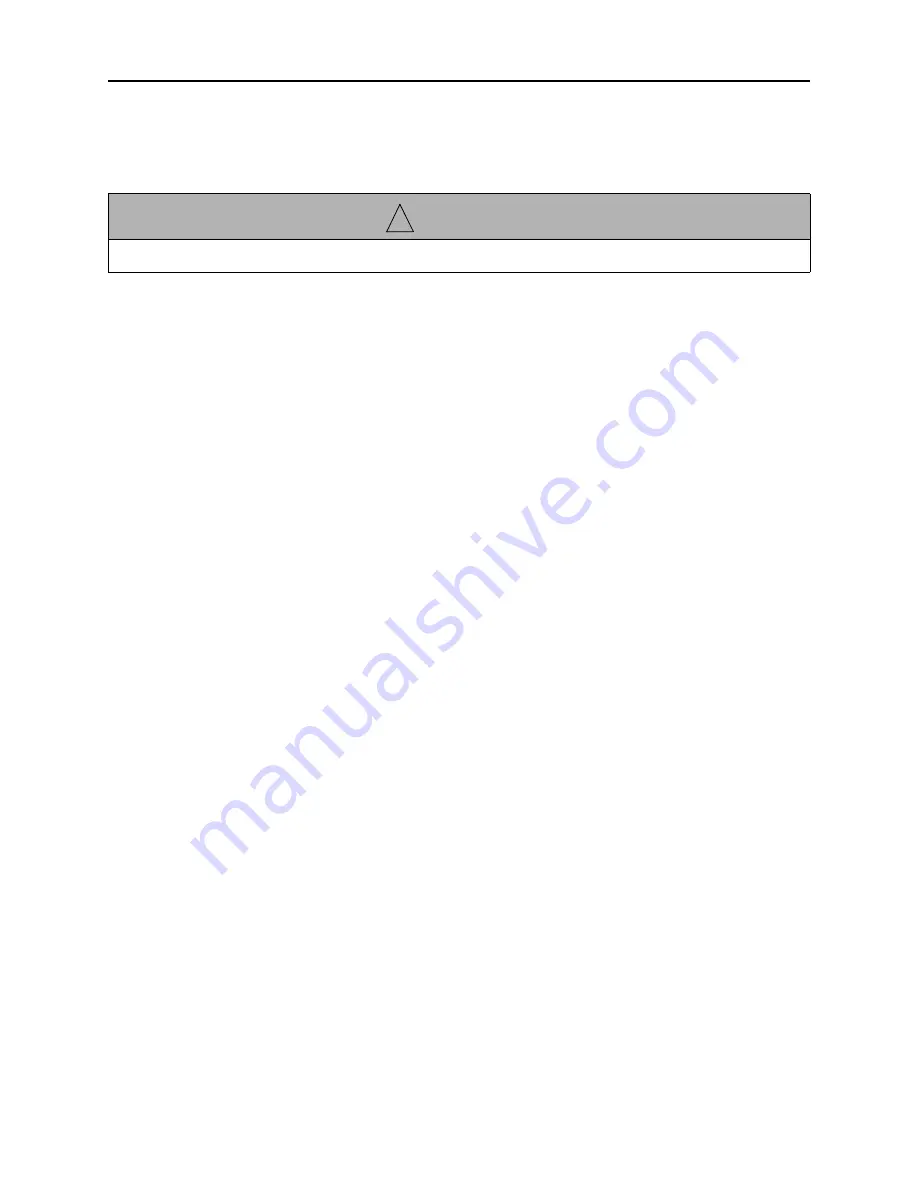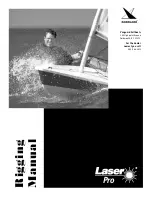
G
ENERAL
I
NFORMATION
3–1
C
HAPTER
3: G
ENERAL
I
NFORMATION
F
UELING
Please study the following precautions carefully, and consult your dealer if you have any ques-
tions. Prior to your initial fill-up, check your engine manual to confirm the type of fuel specified
by the manufacturer. Never use fuels containing alcohol. The alcohol can deteriorate the rubber
materials used to make up your fueling system. Methanol based fuels absorb water, making fuel
more corrosive to the metals in tanks and carburetors. For outboards with an oil injection system
check the engine manual for the approved type of oil, and fill the tank completely.
• Before Fueling
•Shut down all engines.
•Turn battery select switch(es) to "OFF" to insure that all fans, lights, etc. are off.
•Close all ports, hatches, windows and engine compartments to prevent fumes from accu-
mulating in closed areas.
•Extinguish cigarettes and all other lighted materials.
•Have a fire extinguisher near.
• During Fueling
•Observe all safety regulations for the safe handling of fuel.
•Keep the fuel supply nozzle in contact with the fuel tank opening to prevent any static
sparks.
• After Fueling
•Secure the fuel cap, and check fuel lines and connections for leakage. Wash and clean up
any spilled fuel. Dispose of clean up rags or sponges on shore. Do not store these clean up
rags in the boat.
•After fueling ventilate all ports, windows, hatches and other closed areas. Conduct a “sniff
test" to make certain all fumes are vacant before using the battery select switch(es).
•Select your first tank cautiously. Take into consideration the distribution of your load as
fuel is consumed. Performance will be influenced by weight distribution. If your boat is
equipped with two fuel tanks use the fuel select valve (see
“Fuel Select Valve” on page 3–
) to select the proper tank.
See warnings and check list in Section 6, page 37 of the
Sportfish, Cruisers, and Yachts
Owner’s Manual
“Fuel Tank Compartment” on page 6–6
for more information on
cleaning the fuel storage area.
W A R N I N G
Safety during fueling requires CAUTION and COMMON SENSE.
!
















































